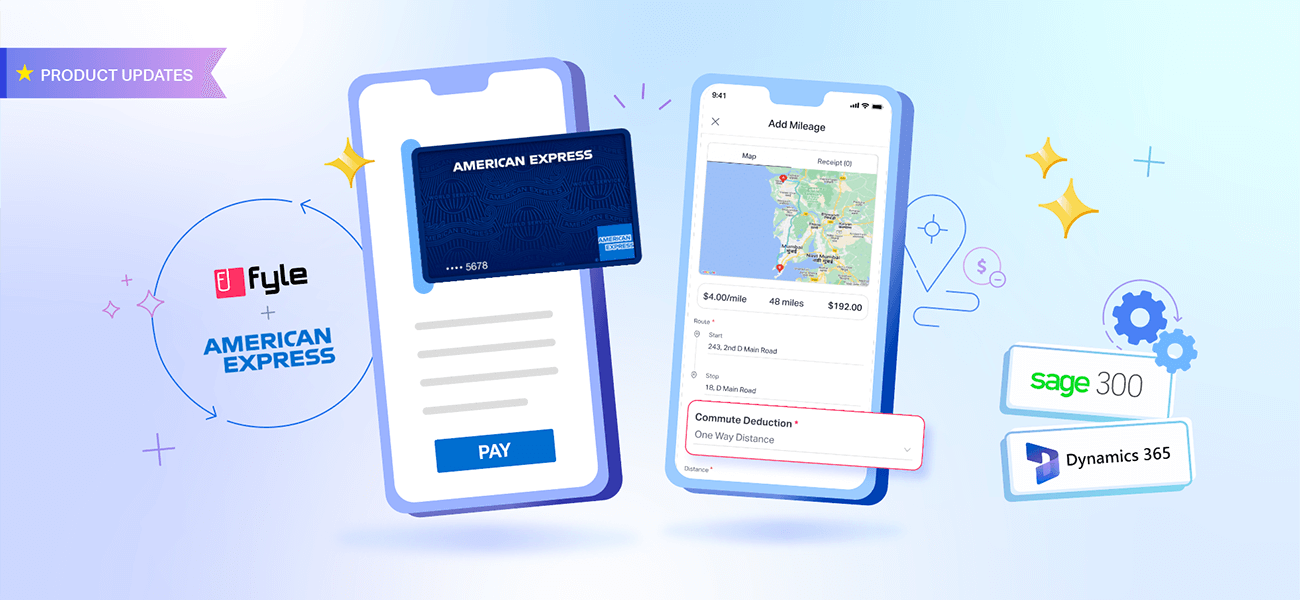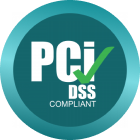Other than people cribbing about how damned expense reports are, you might have recently seen expense reports making the headlines. From the $35M expense report for Mueller investigation to the Scott Pruitt Scandal, the news is that expense reports have been home to a lot of frauds.
What you read in the news though is nothing compared to the actual scale of expense fraud. According to the Association of Certified Fraud Examiners’ 2018 Report to the Nations, expense reimbursement frauds account for 21 percent of fraud in small businesses (those with less than 100 employees), and 11 percent in large businesses (those with 100 or more employees.)
Data aggregated from our product indicate that over 10% of expense reimbursement claims violate at least one expense policy. Additionally, more than 40% of employees violate policies at least once. While these violations are not necessarily concocted, it’s necessary to consciously make note of them.
This article looks into some of the most common expense report frauds. Additionally, it talks about the tactics used by employees while committing expense fraud. Lastly, gain insight into the best ways to detect and prevent expense frauds.
4 Types of expense report frauds and their examples
An expense fraud refers to a deliberate, devised attempt at inflating reimbursements.
While every inaccurate expense claim hurts your business, not all of them are deliberate. It could be a simple typing error or a legitimate claim where an employee lost the receipt. Hence, it is essential to treat every inaccurate claim with a pinch of salt before you confront your employees about the same.
The Association of Certified Fraud Examiners defines four types of expense frauds -
- Mischaracterized expenses - Employees submit personal expenses under the category of business expenses. Such sort of mischaracterized claims are common as there is usually no way of categorizing a claim by only looking at the submitted receipt.
- Fictitious expenses - These claims are bogus receipts that appear genuine. Computer programs, design skills, and even legitimate companies make it easy to create fake documents. You will be surprised to see how easy this can be. Check out custom receipt maker and need receipt to understand how easy it is to create fictitious expense claims.
- Overstated expenses - In these cases, the employee inflates the cost of a legitimate expense. This can be done by padding mileage or showing a larger tip than what was actually paid. Don’t think it's as easy as it looks? While writing this article, we found a real book on Amazon that claims to have hundreds of ways to overstate expenses.
- Multiple reimbursements - This is a case where an employee remits the same receipt for an item more than once. Here, the finance teams may approve duplicate payments, if not careful about accepting expense claims. A widespread example of this is when an employee submits two bills where expenses from one are included in the other (Ex - An aggregated bill for their hotel stay and a separate bill for F&B).
To help understand the ground reality, we spoke to finance executives from multiple companies that use Fyle. We also scanned the internet to find ways in which expense frauds can be concocted.
Here are some smart ways (of many) that fraudsters use to inflate reimbursements in an undetectable manner:
- Employees can claim reimbursements on a trip that never happened. This could be due to last-minute cancellations. In such cases, the bookings most likely are pre-approved.
- Employees may buy expensive tickets even though there are cheaper alternatives. With travel reimbursements mostly being tax-free, an employee can earn significantly just by saving taxable income.
- They might first book a refundable fare ticket and then watch for fare drops. When the prices go down, they purchase the discounted ticket and submit the earlier, higher-priced receipt for reimbursement.
- A two-day cost for a rental car ranges between $50 to $70. When claimed as mileage, the same travel distance is reimbursed at 58 cents per mile. For an employee that can do the math right, there is a considerable window of fraud here. This can go unnoticed if the organization doesn’t have a powerful mileage tracking app or defined spending limits in their expense policies.
Smartly done frauds are difficult to detect, as is the case here. A senior employee had forged the company CEO’s signature on her expense reimbursement reports.
Fret not, we have a solution for this. The right kind of expense management software can help prevent any and every fraud. Here’s how.
Audit expense reports to detect reimbursement fraud
When auditing receipts and reimbursements, ensure you follow these points:
1. Look for date and time anomalies
Mischaracterized expenses usually show hints of fraud when you look at the date and time of purchase. They might uncover late-night food orders at home or cab rentals from over the weekend. You might even find receipts generated on a public holiday or when the employee was on leave.
2. Find hints in expense location anomalies
These are mostly associated with travel expenses. Here employees claim receipts for private car rentals as reimbursable. They might even submit personal flight or train tickets for reimbursements. At times uncharacterized receipts might be from a different city altogether. It is a common sight to see claims for locations or stops that are non-business. Not only that, many a time the locations are completely different and higher than original estimations.
SUGGESTED READ: Track mileage on Google Maps with Fyle
3. Fictional vendors and vendor detail anomalies
In an attempt to create fictitious receipts that can’t be cross-checked, employees add fictional vendor names and details. If your organization has a preferred vendor, this can’t be the case. Always try to look for vendor-specific details like tax IDs, bill number, store location, and other information. Once again, don’t forget to look at the store location of the vendor, as it could be from a completely unrelated city!
4. Missing mandatory fields in receipts
Every government lays down a clear mandate for vendors to specify certain details (Here’s one such example). Make sure that the receipt you’re auditing has every detail mentioned. If you find receipts missing critical information, chances are very high that it is a fictitious receipt.
5. Spot surprises while using expense analytics
Keeping a watch on some common expense trends can be insightful. This can help you narrow down the breadth of receipt audits. This becomes increasingly easy when you have T&E software with a powerful expense analytics module. A few ideas are -
Reimbursement amount compared to peers
If an employee has a significantly higher reimbursement amount as compared to their peers, you might want to look into their report carefully.
Reimbursement amount within an expense category
If an employee has a significantly higher reimbursement amount for a particular expense category as compared to the historical average for that category, consider it a warning.
SUGGESTED READS:
Policy considerations for mileage reimbursement
Guidelines to create an effective candidate travel reimbursement policy
5 tips to prevent expense reimbursement fraud
Frauds are often fostered when the organization's culture has been loose in auditing expense reports. It might also occur when the penalty doesn’t complement the gravity of fraud. While an expense management software can help with fraud detection, human intervention can help discourage employees from indulging in fraudulent claims.
We encourage our customers to set the right tone and expectations around reimbursements for all their employees. We strongly recommend you do so, as well. It’s important to establish a narrative where employees feel trusted. But at the same time, the culture should discourage poor ethical conduct and take an intolerant stance against fraud.
Here are the top 5 ways you can prevent expense reimbursement fraud at your organization:
1. Make receipts digital and mandatory
Making receipts digital gives you a central repository of all claims. Here, you can check receipts against the claimed reimbursement in your receipt management software. Further, you can eliminate the possibility of losing receipts with apps that can scan and upload receipts. If you use the right software for your organization, you can also get a thorough digital audit trail. Here, you can see every change ever made to the claim in the form of an audit log.
Making receipts mandatory for every claim is an obvious win. It pushes your employees to feel accountable for every business expense. It also is an easy way to detect fraud right at the beginning.
Tip: For cases where spending is mostly daily and in petty cash, companies should opt for per diems.
2. Manage business expenses with corporate cards
When your employees make an expense on corporate cards, you can get real-time and comprehensive visibility into transaction details. This card transaction feed can act as your source of truth to tally your employee reimbursement claims against expense claims.
Every major card provider (American Express, VISA, Mastercard, etc.) sends out feeds to your corporate card expense software. All required fields like amount, currency, vendor/biller, date, time, and other details of the card used are available in every provider’s format.
Also, you can bring your preferred/existing card vendors with you when you switch to Fyle and the software will facilitate direct feeds from your bank right to your dashboard. No matter which card you use, you and your employees get the best spend management experience!
3. Setup automatic policy checks and communicate proactively
Automating policy checks can eliminate a lot of fraudulent attempts and flag potential ones. For instance, a policy to reimburse claims made only for weekdays can reject or flag weekend claims without any human intervention. The same applies to travel requests and reports associated with business trips. Here, you can limit allowed vendors or even set up budget approval for trips.
Expense policies can get overwhelming for employees. In these cases, we recommend that you use software that proactively informs employees about a violation as soon as they claim an expense.
4. Make smarter expense claim approval workflows
Given the features in expense management solutions today, it is easy to create two or more steps in your approval workflows. Customize workflows according to your needs. For instance, get only those claims flagged by policy checks that exceed a threshold and send them to a special team/member for review.
5. Practice better audit and set the right expectations
While the usual audits continue, always have an external team or auditor come in for spot audits. This helps you spot potential fraud better. Additionally, feedback from someone outside the system enables you to improve your processes.
Also, it’s necessary that your employees understand that even a $5 fraudulent claim is an instance of gravely unethical business conduct. Setting loose expectations will turn this $5 to a gateway for $500.
SUGGESTED READ: Learn the best practices for auditing expense reports
Keeping expense report frauds at bay
At Fyle, we understand the damage expense frauds do to an organization’s financial health. Our central idea to create any solution around eliminating expense frauds is to block any methods that otherwise get away from the human eye. One of the ways we do so is by running pre-submission checks at the point of expense. We also do the same by detecting duplicate expenses and flagging them to highlight any monkey business by the employees.
Automating your policy checks with expense management software like Fyle is the best way to keep expense frauds at bay. If you want to learn more about Fyle’s capabilities to prevent expense fraud, schedule a demo today!











